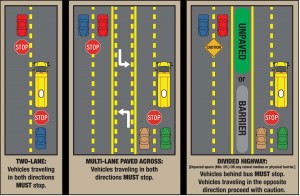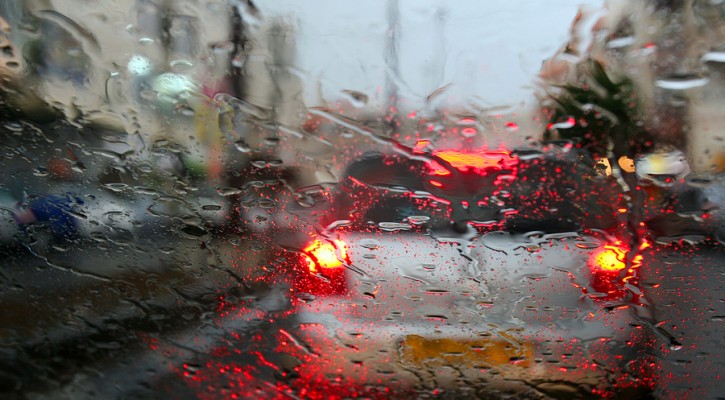
Ask The Traffic School Instructor: Anti-lock Brakes
July 29, 2014
Question: What’s the difference between anti-lock brakes and regular brakes?
Answer: Anti-lock brakes or ABS is a braking system that helps in keeping control of your vehicle when the brakes are applied on slippery road surfaces. If you aren’t certain whether you have ABS or not, check your owner’s manual or consult the dealer. Continue Reading
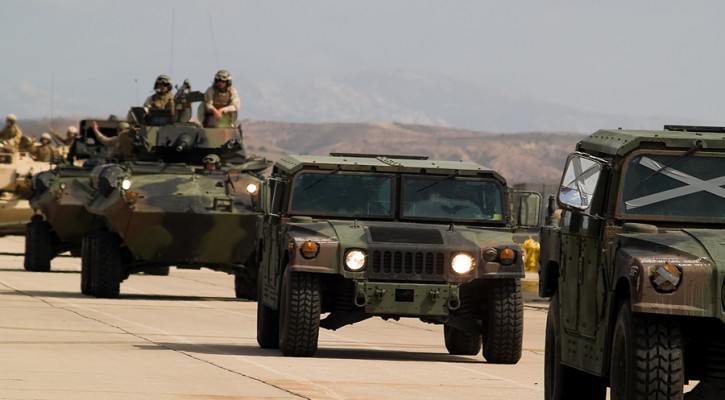
USAA Offers Post Deployment Driving Tips
July 24, 2014
It’s understandable; after a long deployment where it was necessary to scan for and rapidly avoid IED’s or potential ambush points, it’s hard to turn off those critical life-saving skills after returning home where those dangers no longer exist. Driving back home poses a whole different set of dangers and transitioning from one driving environment to the other isn’t easy. Read more: Tips for Driving After Deployment
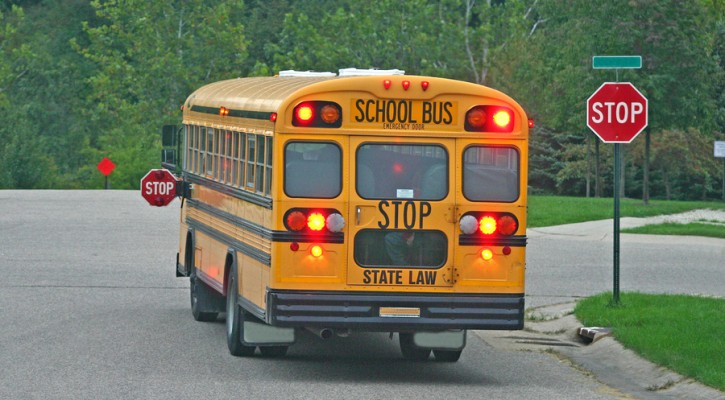
Ask The Traffic School Instructor: Passing School Buses
July 22, 2014
Question: I stopped for a school bus the other day but my wife said you don’t have to stop on multi-lane highways. Who’s right?
Answer: Well it depends on what type of multi-lane highway you’re on. In most states drivers in the opposite lane of a multi-lane “divided” highway with a raised barrier or wide grassy median between the lanes don’t have to stop for school buses stopped in the other direction. The raised barrier or wide grassy median are the key here. On multi-lane highways that don’t have a raised or grass median, traffic is required to stop in both directions. This image from the Florida Drivers Manual should help to make it a little clearer.
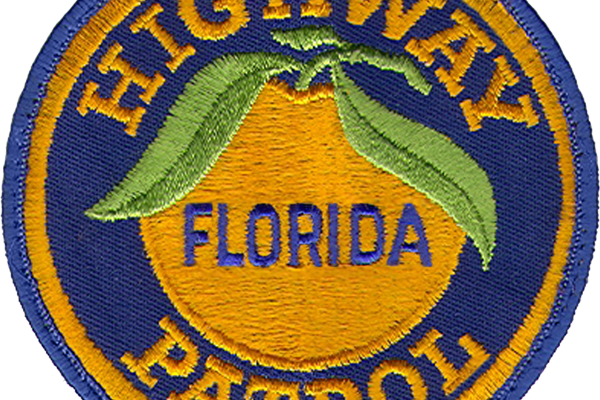
Florida Highway Patrol Targeting Aggressive Drivers
July 22, 2014
The Florida Highway Patrol is on a mission. Through the end of July, the FHP is out to identify and ticket aggressive drivers on the road. Drivers who speed, tailgate, and lane weave could become targets. Read more: Florida Highway Patrol targets aggressive driving
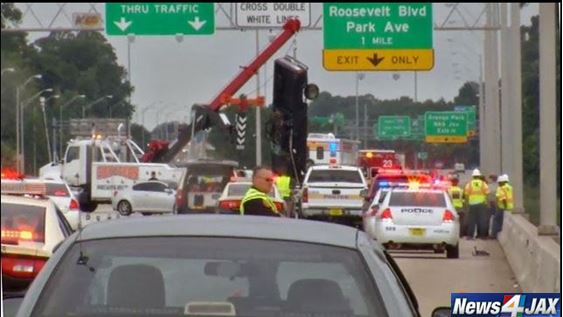
Rubbernecking Leads To Highway Death
July 17, 2014
A horrendous crash in Jacksonville Florida this week points out the dangers of “rubbernecking” by drivers who aren’t watching the road and maintaining a safe distance from the vehicle ahead.
The Buckman bridge in Jacksonville is a three mile long span crossing the St. Johns River. The bridge is actually made up of two separate, four lane spans, about 30 to 40 feet apart from each other. Yesterday, in morning rush hour traffic, a traffic collision involving a semi occurred on the southbound span. Rubberneckers on the northbound span slowed to look and that is when the real trouble began.
According to a spokesman from the Florida Highway Patrol, as traffic on the northbound span slowed, the driver of a Toyota scion swerved into the next lane to avoid hitting the vehicle ahead. As he did so, the front of his vehicle clipped the rear of a pickup truck sending them both into a spin. The force of the pickup truck’s spin was so great that it flipped over the side railing of the bridge and crashed into the river. After a search of several hours by police, fire, and Fish and Wildlife boats along with helicopters from the Navy and Coast Guard, police divers finally found the driver’s body in about twelve feet of water.
Rubberneckers slowing to look at a crash on the road increase the chance of a secondary collision because people are looking at the crash and not at the road ahead. We all have a natural curiosity but incidents like this are when it’s most important to watch the road ahead and look for secondary hazards. This is also why it’s so dangerous for police and fire rescue workers who work the scene of a crash and why obeying the Move Over Law is so important. Read more: Police divers find body in river after crash

